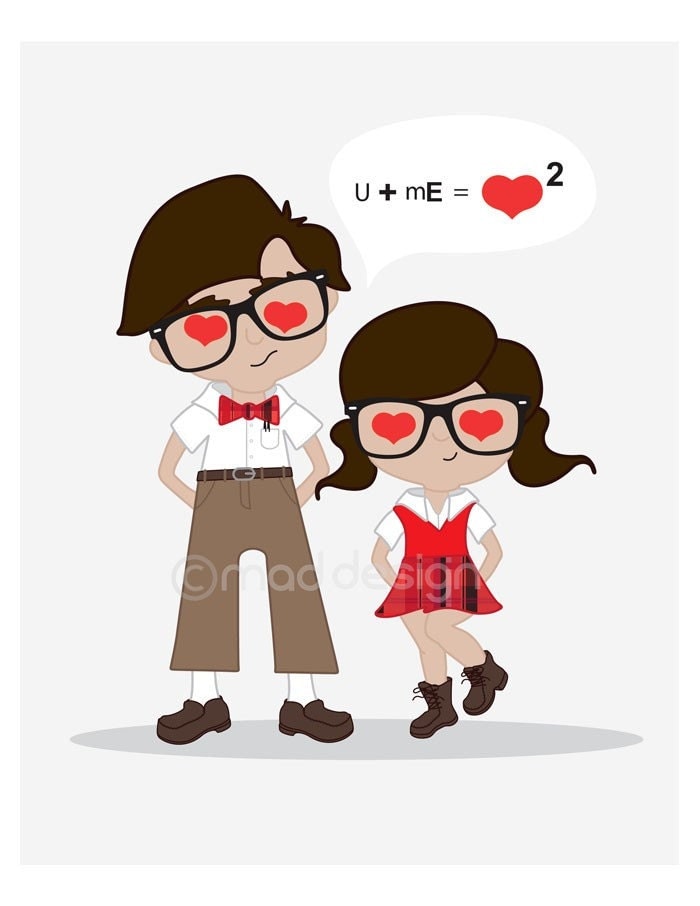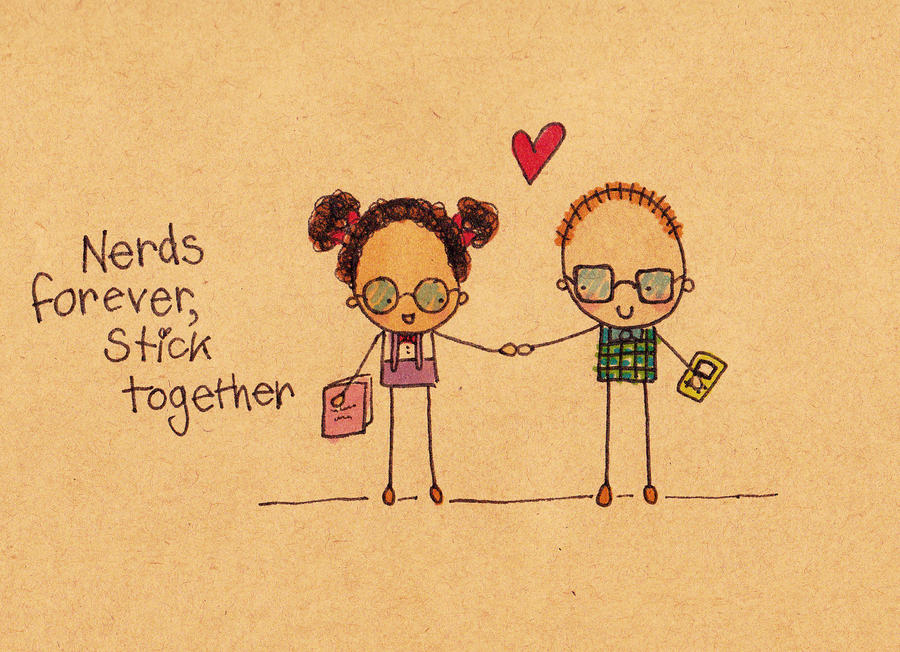When we started reading the diagnoses books, answering the quizzes
and using the assessment tools it became apparent that not only were our
children on the autism spectrum, but we were too. My husband, the Atomic Punk,
is very musical, is an electrical engineer and has engineering in both sides of
his family: his mother and his paternal grandfather. I am adopted, but my
developmental history is dotted with quirkiness, to say the least. I have
sensory issues; I rocked all the way from infancy to about 5 years old. I read
early, drew a lot and as my dad said, was a wealth of useless information. The
only difference between then and now is there is the DSM-IV diagnostic manual to
tell us what are the names for these differences.
When you put Savvy Advocate genes with the Atomic Punk's
multi-generational engineering genes, you get atypical kids. Neurodiversity is
the term for it now. I find that comforting somehow. Here is the introduction
to the book by that name: We are not surprised by the fact that we have two
children on the spectrum.
Each school year I share the introduction to Neurodiversity by Thomas Armstrong with my
children's teachers. It's my follow up to the Getting to Know Random Guy
and Getting to Know SensiGirl letters that I send before the school
year begins.
The Introduction/Getting to Know letters are a one page brief of
all the little quirks that you won't find listed in the IEP. A small thing like
Random Guy is more comfortable when he can see the daily schedule. He likes to
know what is coming up; it makes the transitions from class to class easier.
Big things like SensiGirl is terrified of Veggie Tales, the mere mention of it
will turn her into a screaming noodle on the floor. SensiGirl's Kindergarten
teacher also said it was really helpful to know the statement “...or a
mustache," really meant not liking ANY of the choices SensiGirl is given
at that moment.
I list all the therapies she is doing and how they effect
her. I try to include the things that may have surprised last year's
teacher. Basically the Getting to Know letter will include: abilities
and deficits, fears, therapies and effects, medical issues and motivators.
Be sure to include the best way to reach you and an invitation to contact
you.
Really there is nothing better than to meet and communicate with
the kids' teachers on a regular basis. It is always good to relate to
them the traits you and your spouse share with your child. It gives the
teachers perspective; even though the kids are quirky now, that doesn't mean
they can't be successful in school or as adult. The quirks don't matter as much
after you grow up and find your path in life. In fact that path might
lead you to someone who is a whole lot like you.


Love this one.
ReplyDeleteThe "Getting to know me" letters is a brilliant idea. My kid's first preschool gave out a extensive form that was similar to this idea- I wish I had continued the process.
ReplyDelete